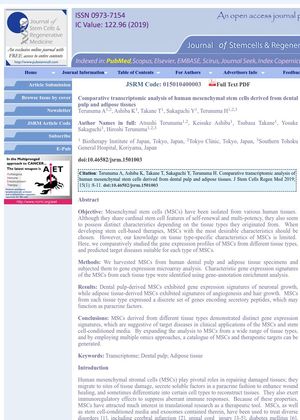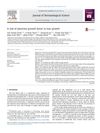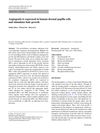Comparative Transcriptomic Analysis of Human Mesenchymal Stem Cells Derived from Dental Pulp and Adipose Tissues
May 2019
in “
Journal of Stem Cells & Regenerative Medicine
”
mesenchymal stem cells dental pulp-derived hMSCs adipose tissue-derived hMSCs cell proliferation cell differentiation mineralization cell adhesion extracellular matrix organization angiogenesis hair growth wound healing anti-inflammatory applications hair loss treatment stem cells dental pulp stem cells fat tissue stem cells cell growth cell development bone formation cell sticking ECM organization new blood vessel formation hair regrowth healing anti-inflammatory hair loss therapy

TLDR Dental pulp stem cells are better for tissue repair, while fat tissue stem cells may be more suited for wound healing and hair growth.
In 2019, a comparative analysis was conducted on the transcriptomes of human mesenchymal stem cells (hMSCs) derived from dental pulp and adipose tissues. The study involved 7 samples of dental pulp-derived hMSCs and 6 samples of adipose tissue-derived hMSCs. The results indicated that dental pulp-derived hMSCs had a higher expression of genes related to cell proliferation, differentiation, and mineralization, suggesting their potential use in tissue engineering and regenerative medicine. Conversely, adipose tissue-derived hMSCs showed a higher expression of genes associated with cell adhesion, extracellular matrix organization, angiogenesis, and hair growth, indicating their potential use in wound healing, anti-inflammatory applications, and conditions requiring increased blood supply and hair loss treatment. The study concluded that the source of MSCs could influence their gene expression and potential therapeutic applications.


